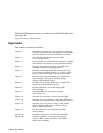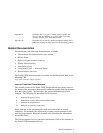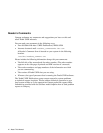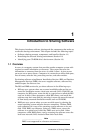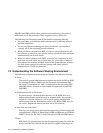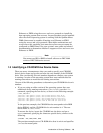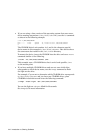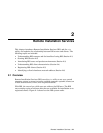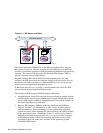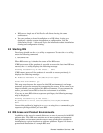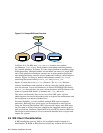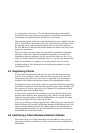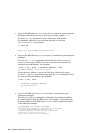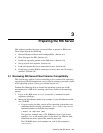• If you are using a later version of the operating system that uses newer
device naming conventions (/dev/disk/cdromNc), use the ls command
as shown in the following example:
# ls -l /dev/disk/cdrom*
brw------- 1 root system 19, 69 Nov 18 06:11 /dev/disk/cdrom0a
brw------- 1 root system 19, 71 Nov 18 06:11 /dev/disk/cdrom0c
#
The CD-ROM drive’s unit number is 0, and in the character special
device name in this example is /dev/disk/cdrom0c. Raw devices have
the same name but reside in the /dev/rdisk directory.
To mount the device, insert the CD-ROM into the drive and use a mount
command similar to the following:
# mount -rd /dev/disk/cdrom0c /mnt
This example uses a CD−ROM drive that is unit 0 and specifies /mnt
as the mount point.
• If you have multiple CD-ROM drives and are not sure which drive
corresponds to which device name, use the hwmgr command to flash
the light on the drive.
For example, if you want to determine which CD-ROM drive corresponds
to /dev/disk/cdrom0c and you have two CD-ROM drives, place
CD-ROMs in both drives and enter the following command:
# hwmgr -flash light -dsf /dev/disk/cdrom0c
You see the light on cdrom0c blink for 30 seconds.
See hwmgr
(8) for more information.
1–4 Introduction to Sharing Software



